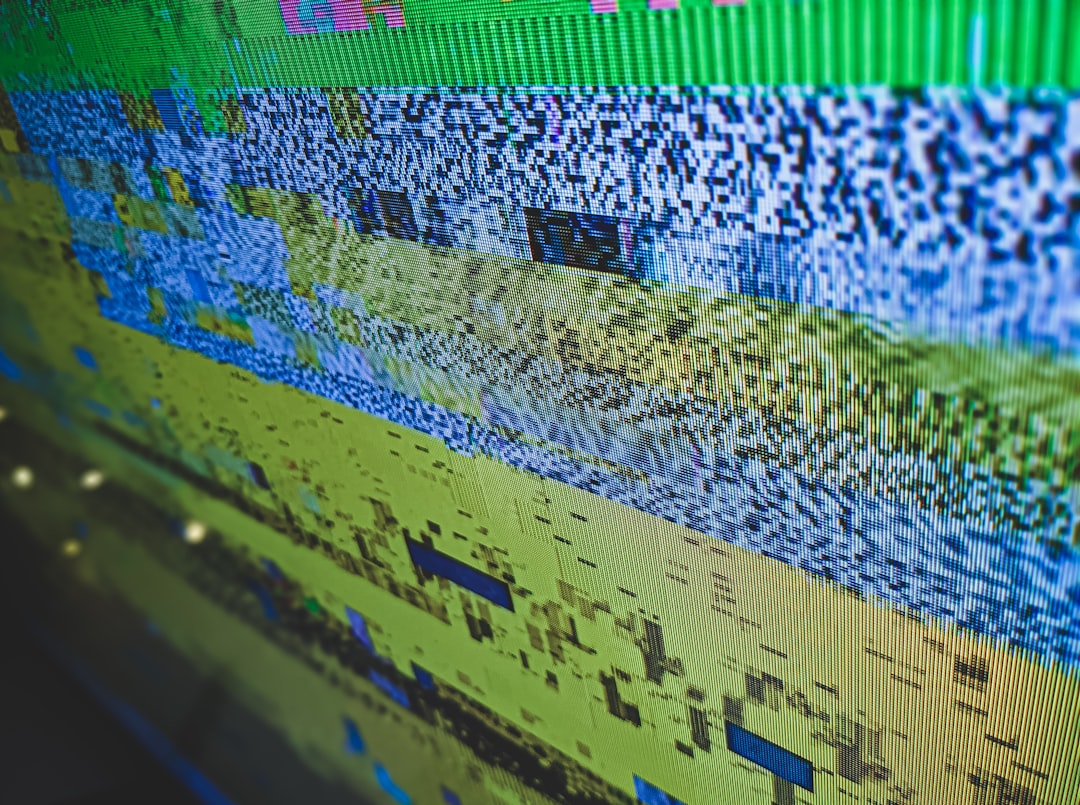Ray tracing has revolutionized gaming with its lifelike reflections, dynamic shadows, and realistic lighting effects. Whether you’re gaming on a high-end PC, PlayStation 5, or even a Mac, optimizing your system for ray tracing ensures the best possible performance and visual fidelity. Below are reliable, platform-specific methods to enhance your gaming setup for ray tracing capabilities and performance.
Optimizing a Gaming PC for Ray Tracing
Most modern gaming PCs are well-equipped for ray tracing, but proper configuration is essential to strike a balance between graphical quality and game performance.
Key steps to optimize your PC:
- Update Your GPU Drivers: Always install the latest drivers from NVIDIA or AMD. These updates often include performance gains and optimization for new game engines.
- Enable DLSS or FSR: Technologies like Deep Learning Super Sampling (DLSS) by NVIDIA or FidelityFX Super Resolution (FSR) by AMD can dramatically increase frame rates while retaining image quality.
- Tune In-Game Settings: Reduce ray tracing features incrementally (e.g., lower reflection resolution or ray count) instead of turning off the ray tracing entirely.
- Monitor GPU Temps: Excessive heat can throttle performance—make sure your GPU is operating within safe temperature ranges.
- Use Performance Monitoring Tools: Apps like MSI Afterburner help monitor frame rates, temps, and GPU utilization in real time.

A combination of these strategies allows PC users to enjoy stunning ray-traced visuals without a major compromise on performance.
Optimizing Ray Tracing on PlayStation 5
While the PS5 doesn’t offer granular graphical settings like a PC, it’s still possible to optimize the console to improve your ray tracing experience by making thoughtful choices.
Important tips for console gamers:
- Use “Performance” or “Graphics” Modes Wisely: Most ray tracing-compatible PS5 games offer two modes—Performance Mode (higher FPS) and Graphics Mode (better visuals with ray tracing). Choose based on your preference.
- Keep the Console Cool: Ensure proper ventilation and consider a cooling stand so the PS5 maintains thermal efficiency, especially in graphics-intensive titles.
- Storage Matters: Use an NVMe SSD instead of external storage to reduce load times and improve rendering stability in ray tracing-enabled titles.
You can’t tweak settings like shadow fidelity or reflection detail, but picking the right display mode and maintaining your hardware can make a large difference in gameplay quality.

Optimizing Ray Tracing on Mac
Though Macs have historically lagged behind in gaming, Apple’s Silicon chips and improvements in Metal (Apple’s graphics API) are rapidly changing that. With macOS support for ray tracing and game ports increasing, optimization becomes more relevant.
How to get the best ray tracing performance on Mac:
- Use Apple Silicon-Compatible Games: Choose ray tracing-supported games that are optimized for the M1, M2, or M3 chips. These versions are built to leverage enhanced GPU compute and memory usage.
- Keep macOS Updated: Apple often rolls out graphical enhancements and bug fixes in system updates. Ensure you’re running the latest version for optimal Metal performance.
- Leverage External GPU (eGPU) Where Possible: While eGPU support is deprecated for Apple Silicon, Intel Macs can still benefit significantly when paired with high-end GPU enclosures.
- Adjust Display Resolution: Reducing native display resolution helps mitigate the processing load, which is especially helpful when enabling ray tracing effects.
- Close Background Applications: Terminate unnecessary apps running in the background to dedicate more system resources to games.
Although the Mac is not yet a powerhouse in the gaming world, with proper configuration and supported titles, you can still enjoy the effects of ray tracing without unreasonable performance trade-offs.
Final Thoughts
Ray tracing is resource-intensive, but with careful system optimization, it can significantly enhance your gaming visuals across platforms. Whether you’re using a gaming PC with advanced GPUs, a streamlined PlayStation 5 console, or the latest Apple Silicon-powered Mac, the key is to balance quality settings and system performance.
By staying current with system updates, choosing the proper game settings, and understanding your hardware capabilities, you can achieve smoother gameplay while enjoying some of the best graphical experiences modern gaming has to offer.
